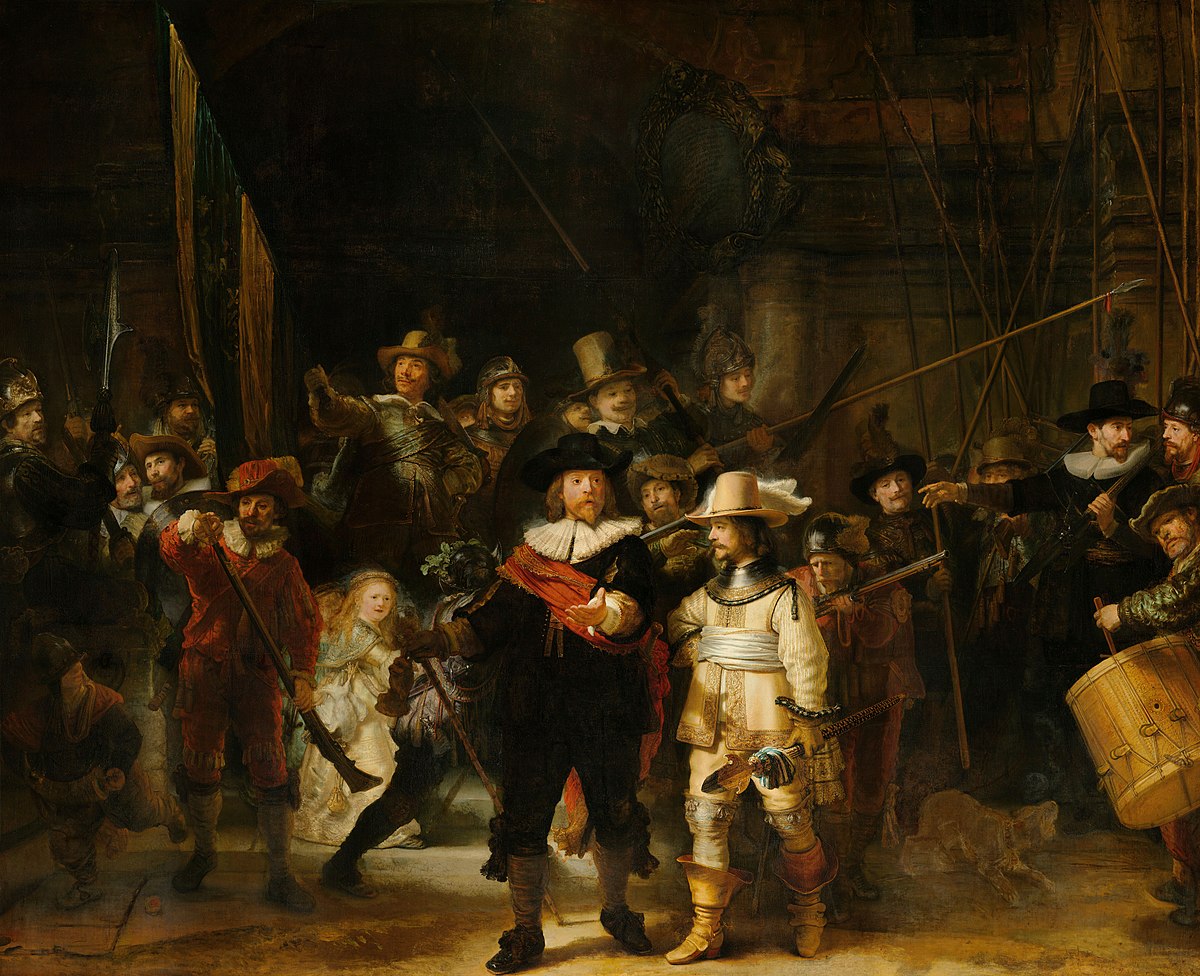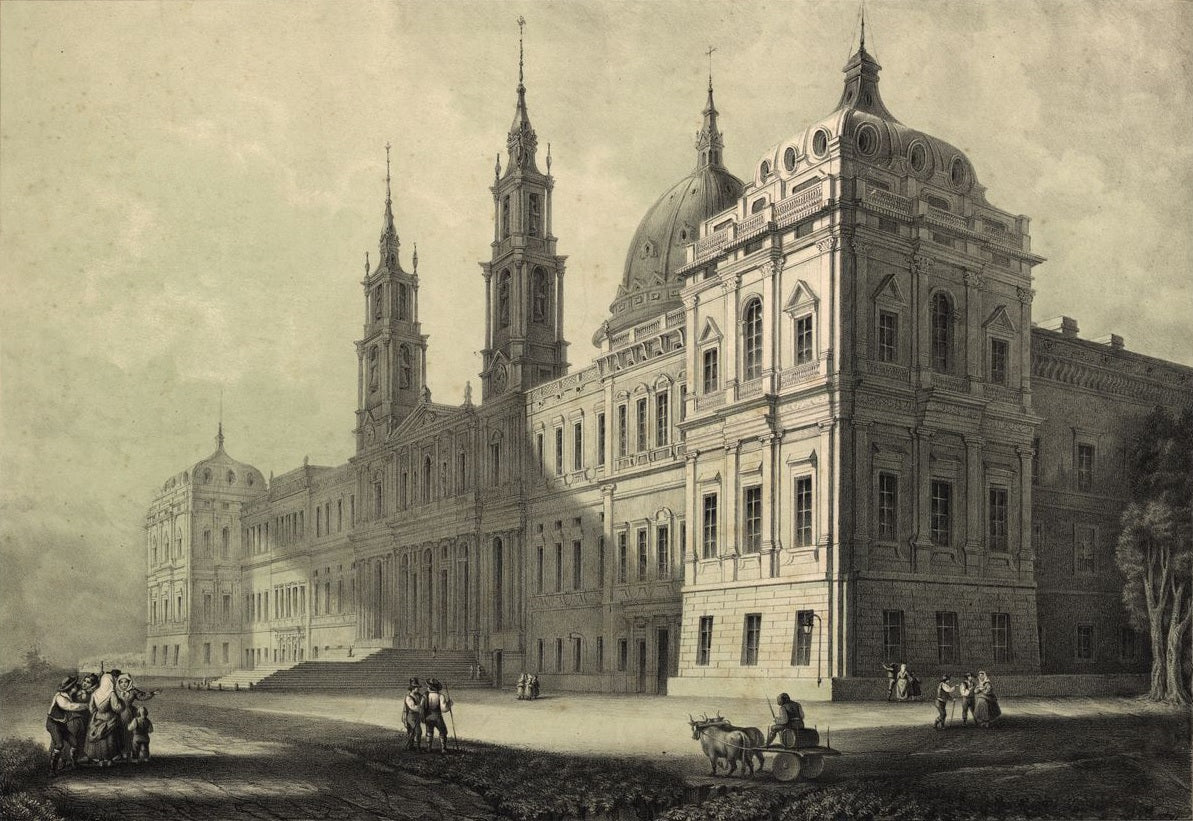
The Baroque movement was an important cultural, artistic and literary period that extended approximately from the end of the 16th century to the middle of the 18th century. It had its origins in Europe, but it also had influence in other parts of the world, including the Americas. Baroque is characterized by its complexity, drama, exuberance and contrast.
The term "baroque" initially had pejorative connotations, being used to describe something irregular, exaggerated or bizarre. However, over time, the aesthetics and characteristics of this period became more recognized and appreciated. The Baroque movement encompassed diverse forms of artistic expression, including architecture, painting, sculpture, music and literature.

What was the historical context of the Baroque movement?
The Baroque movement flourished during a period of significant historical and cultural transformations in Europe and other parts of the world. The historical context of the Baroque movement is marked by a series of events and changes that influenced the way art and culture developed during this period. Some of the main aspects of the Baroque historical context include:
Counter-reformation and Protestant Reformation: During the 16th century, the Catholic Church faced significant challenges, including the spread of the ideas of the Protestant Reformation led by Martinho Luther. In response to these challenges, the Church launched the Counter Reformation, a movement that aimed to reaffirm Catholic values, combat heresy, and revitalize religious devotion. Many Baroque works, especially in Catholic regions, were commissioned to promote this spiritual revitalization.
Exploration and Colonization: The Baroque period coincided with European expansion to other parts of the world, including the Americas, Africa and Asia. Exploration and colonization resulted in significant cultural exchange, with influences from different cultures being reflected in the artistic expressions of the Baroque.
Political Crises and Wars: The Baroque occurred during a period of political turmoil and armed conflicts in Europe. Wars, such as the Thirty Years' War (1618-1648), had a profound impact on society and culture, influencing artistic representations that often reflected the chaos and destruction of the time.
Monarchical Absolutism: Many European nations were transitioning to absolutist forms of government, in which monarchs wielded great power and authority. These rulers often supported the arts as a way to display their power and status, commissioning grand, monumental works.
Scientific and Philosophical Advances: The Baroque period saw the development of scientific advances, such as the discoveries of Galileo Galilei and Isaac Newton, which influenced the way people understood the world. These changes in scientific thinking also had repercussions in art, stimulating a new approach to the representation of reality.
Social and Cultural Changes: Society was undergoing significant changes in terms of social structure, urbanization and mobility. This influenced the creation of architectural spaces and works of art that reflected these changes in everyday life.
Development of New Artistic Techniques: During the Baroque, new artistic techniques were developed and refined, such as the use of chiaroscuro (contrast between light and shadow) in painting, the creation of illusory effects in architecture and musical innovation.

What are the characteristics of the Baroque movement?
The Baroque movement is marked by a series of distinct characteristics that manifest themselves in various forms of artistic expression, including architecture, painting, sculpture, music and literature. Here are some of the most prominent features of Baroque:
Dramatism and Theatricality: Baroque is known for its emphasis on drama and theatricality. Baroque works often feature intense and emotional scenes, with an exaggerated approach to representation.
Contrast and Duality: Contrast is a fundamental characteristic of Baroque. This can be seen in contrasts of light and shadow (chiaroscuro) in painting, in oppositions between ornate and empty elements in architecture, and in other types of contrasts in different forms of art.
Exuberant Ornamentation: Baroque is known for its rich ornamentation and elaborate detailing. Intricate decorative elements are often incorporated into works to create an opulent look.
Movement and Dynamism: Baroque works often seek to create a sense of movement and dynamism, even in static objects. Curved lines, diagonals and asymmetrical compositions are used to generate a feeling of energy.
Intense Emotion: Baroque values intense emotional expression. Representations of emotions, both positive and negative, are frequent in Baroque works, often with a focus on tragedy, religious ecstasy, passion and other deep feelings.
Illusion and Depth: The creation of illusions and the representation of depth are important aspects of Baroque, especially in painting and architecture. Techniques such as perspective and trompe-l'œil are often used to create visual effects.
Complexity and Symbolism: Many Baroque works are rich in symbolism and hidden meaning. Artists often used symbols and allegories to convey deeper messages, especially in works of a religious nature.
Religiosity and Counter Reformation: Baroque was influenced by the Counter Reformation, a movement within the Catholic Church that aimed to revitalize the faith in response to the Protestant Reformation. As a result, many Baroque works have religious themes and are commissioned by ecclesiastical institutions.
Intense Use of Colors: Baroque painting often employs a rich, vibrant palette of colors, often contrasting with deep shadows and light contrasts.
Fusion of Arts: The Baroque often sought a fusion of different art forms, such as architecture, sculpture and painting, to create harmonious and cohesive spaces and environments.
Reflection on Transience: The Baroque often addressed the idea that beauty and grandeur were ephemeral, a reflection of the fleeting nature of life and the quest for spiritual transcendence.

Who were the main artists of the Baroque movement?
Painting:
Caravaggio (Michelangelo Merisi da Caravaggio): One of the most influential painters of the early Baroque, known for his realistic style, dramatic use of light and shadow (chiaroscuro) and intensely emotional approach.
Peter Paul Rubens: Renowned Flemish painter who created grandiose works, full of movement, vibrant colors and mythological, religious and historical themes.
Diego Velázquez: Spanish painter at the court of Philip IV known for his realistic masterpieces, portraits, and genre scenes.
Rembrandt van Rijn: Although he worked in a transitional period between the end of the Renaissance and the beginning of the Baroque, his works display characteristics of the movement, such as the skillful use of chiaroscuro and the representation of humanity with emotional depth.
Johannes Vermeer: Dutch painter known for his intimate, detailed domestic scenes and masterful use of light and color.
Sculpture and Architecture:
Gian Lorenzo Bernini: Italian sculptor and architect, one of the most important figures of the Baroque. His sculpted and architectural works are marked by drama, fluidity and emotional expressiveness.
Johann Sebastian Bach: German composer known for his complex, counterpoint-rich compositions, which have had a lasting impact on classical music.
John Milton: English poet known for his epic work "Paradise Lost", which explores religious, ethical and mythological themes.
Francesco Borromini: Italian architect known for his complex and innovative architectural creations, characterized by curves and bold geometric shapes.
Balthasar Neumann: German architect who designed grandiose buildings and elaborate churches incorporating typical Baroque features.
Juan de Herrera: Although he lived in the transition from the Renaissance to the Baroque, he is remembered for his architectural work at the Monastery of El Escorial, which had an influence on the Spanish Baroque style.

Music:
George Friedrich Handel: British-born German composer, famous for his operas, oratorios and instrumental music.Literature:
Luís de Camões: Portuguese poet who wrote "Os Lusíadas", an epic that celebrates the journeys of Portuguese navigators.
Miguel de Cervantes: Spanish writer famous for his novel "Don Quixote", which is considered one of the most important literary works in Western literature.
What were the main works of the Baroque movement?
Painting:
"The Kiss of Judas" (Caravaggio): A painting by Caravaggio that represents the moment when Judas betrays Jesus. It is known for its dramatic emotional representation and striking use of light and shadow.
Baldachino of Saint Peter (Gian Lorenzo Bernini): A bronze structure that stands over the main altar of St. Peter's Basilica in the Vatican. It is one of the main examples of Bernini's ability to combine sculpture and architecture.
Palace of Versailles (Various architects): One of the grandest examples of Baroque, this French palace is known for its extensive gardens and extravagant 17th-century architecture.
"Paradise Lost" (John Milton): An epic in verse that explores the fall of Adam and Eve and Lucifer's rebellion. It is one of the most important literary works in English literature.
"The Night Watch" (Rembrandt): One of Rembrandt's most famous works, this painting depicts a Dutch civic militia and is notable for the way light is used to highlight the main characters.
"The Girl with a Pearl Earring" (Johannes Vermeer): A mysterious and intriguing portrait of a young woman with a pearl earring, which stands out for its attention to detail and masterful use of light.

Sculpture and Architecture:
"Ecstasy of Saint Teresa" (Gian Lorenzo Bernini): A marble sculpture that represents the mystical moment in which Saint Teresa of Ávila supposedly had an encounter with an angel. It is a masterpiece of Baroque emotional expression.
Architecture:
Church of Saint Charles Borromeo (Francesco Borromini): This church in Rome is a notable example of Baroque architecture, with its curved facade and ornate elements.
Literature:
"Os Lusíadas" (Luís de Camões): An epic that celebrates the journeys of Portuguese navigators and the history of Portugal. It is one of the greatest literary achievements in the Portuguese language.
"Don Quixote" (Miguel de Cervantes): A masterpiece of Spanish literature, which satirizes stories of chivalry and explores themes of illusion and reality.
